Put simply, there are few things as potentially valuable as undertaking a first aid course. In the most extreme emergency situations, the knowledge and skills learned in these classes may become the difference between someone you love living and dying. Sounds like something you would want to learn, right? Read on to determine which of the available Emergency First Response (EFR) courses is right for you.
EFR is an organization founded with the creation of confident and capable first responders in mind. Its courses cover everything from life-saving basics to comprehensive secondary care. Over the entire curriculum covered by the EFR courses, participants can develop the skills needed to effectively respond in both life-threatening and non-life-threatening situations.
Specialized EFR courses are available for:

When it comes to choosing the right first aid course for you, there are plenty of reasons to turn to EFR, including:
Internationally Recognized – The knowledge and skills learned in an EFR course are recognized around the world, making them valuable in both recreational and professional settings. Effective Training Techniques – By combining in-person learning with scenario-based training, participants acquire knowledge through more traditional techniques while also being able to practice their skills in realistic simulations. Room to Grow – Thanks to EFR’s wide range of courses, there’s almost always more to learn. Whether you’re looking to focus on secondary care, pediatric care or even in-workplace care, there are opportunities to expand, refresh, update or simply reinforce your skills and knowledge. Flexible and Varied Learning – Some courses combine both in-person and online elements, providing greater freedom when it comes to where and when you want to learn. Professional Instructors – EFR courses are taught by qualified instructors who are capable of delivering accurate, succinct and up-to-date training.Ultimately, it doesn’t matter whether you’re looking to learn just the basics or everything possible, completing an EFR course is never something you’ll regret. Read on to discover more about each of EFR’s available courses.
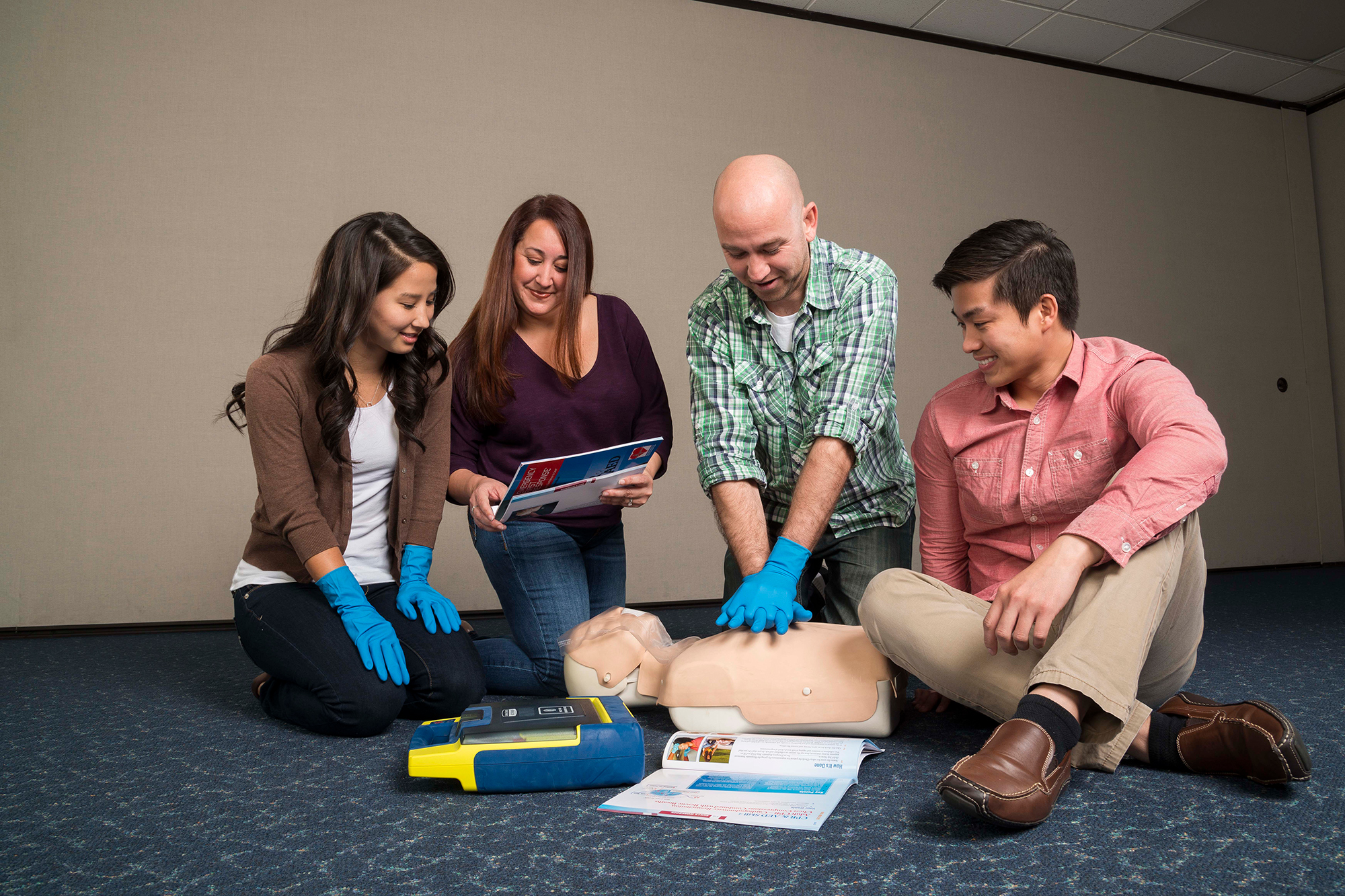
Learn to deal with life-threatening emergencies
Great For: Almost everyone, including laypersons, non-medical professionals and the general public
Duration: 4.5 to 6 hours
From a patient who isn’t breathing to one experiencing serious bleeding, the Emergency First Response Primary Care (CPR) Course will teach you how to respond when faced with almost any life-threatening emergency. By developing your knowledge and skills through learning and realistic scenario practice, the course aims to give you both the ability and confidence to put what you learn into practice, should any real-world emergency arise.
One vital skill you’ll learn during this course is administering CPR, which is made up of both chest compressions and rescue breaths. The ability to administer both chest compressions and rescue breaths is often crucial in life-threatening emergencies. The Emergency First Response Primary Care (CPR) Course also covers the following topics:
Scene Assessment Barrier Use Primary Assessment Serious Bleeding Management Shock Management Spinal Injury Management Conscious/Unconscious Choking ManagementRecommended optional course content that may also be included:
Automated External Defibrillator (AED) Use Emergency Oxygen Use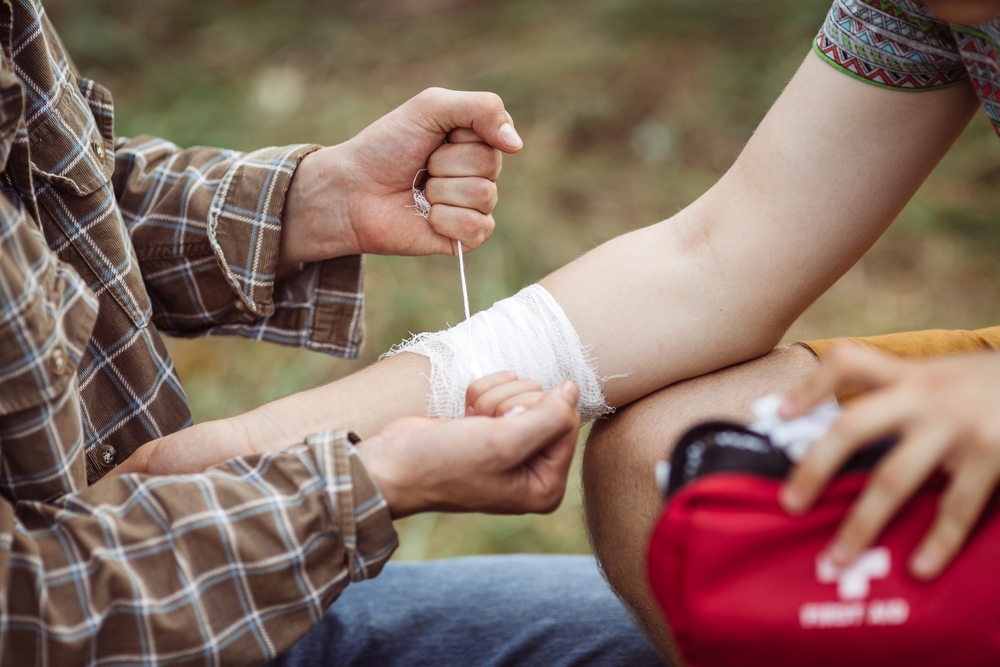
Treat injuries or illnesses which are not immediately life threatening
Great For: Senior staff members, outdoor enthusiasts, teachers, coaches and caregivers
Duration: 2.5 to 3.5 hours
The Emergency First Response Secondary Care (First Aid) Course covers a wide spectrum of injuries and focuses on secondary assessment of patients. Whether it’s a burn, a bruise or an insect sting, correctly treating non-life-threatening injuries and illnesses can be equally as important in the long run, as it prevents smaller problems from becoming more serious. Through in-person knowledge and skill development, accompanied by realistic scenario practice, this first aid course will teach assessment of injuries and illnesses as well as bandaging and splinting techniques.
Over the duration of the Emergency First Response Secondary Care (First Aid) Course, you will cover the following topics and potential injuries and illnesses:
First Aid Kit Assembly Allergic Reactions (Incl. Anaphylaxis) Asthma Bruises, Cuts, Scrapes, Sprains and Strains Burns (Chemical/Heat/Cold) Choking (Adult, Child, Infant) CPR (Adult, Child, Infant) Dental Injuries Diabetic Symptoms Dislocations/Fractures Electrical Injuries Eye Injuries Fish Spine Injury Heat Exhaustion/Heat Stroke/Hypothermia Heart Attack/Stroke Insect Bites/Stings (Jellyfish/Octopuses/Snakes/Spiders) Poisoning Seizures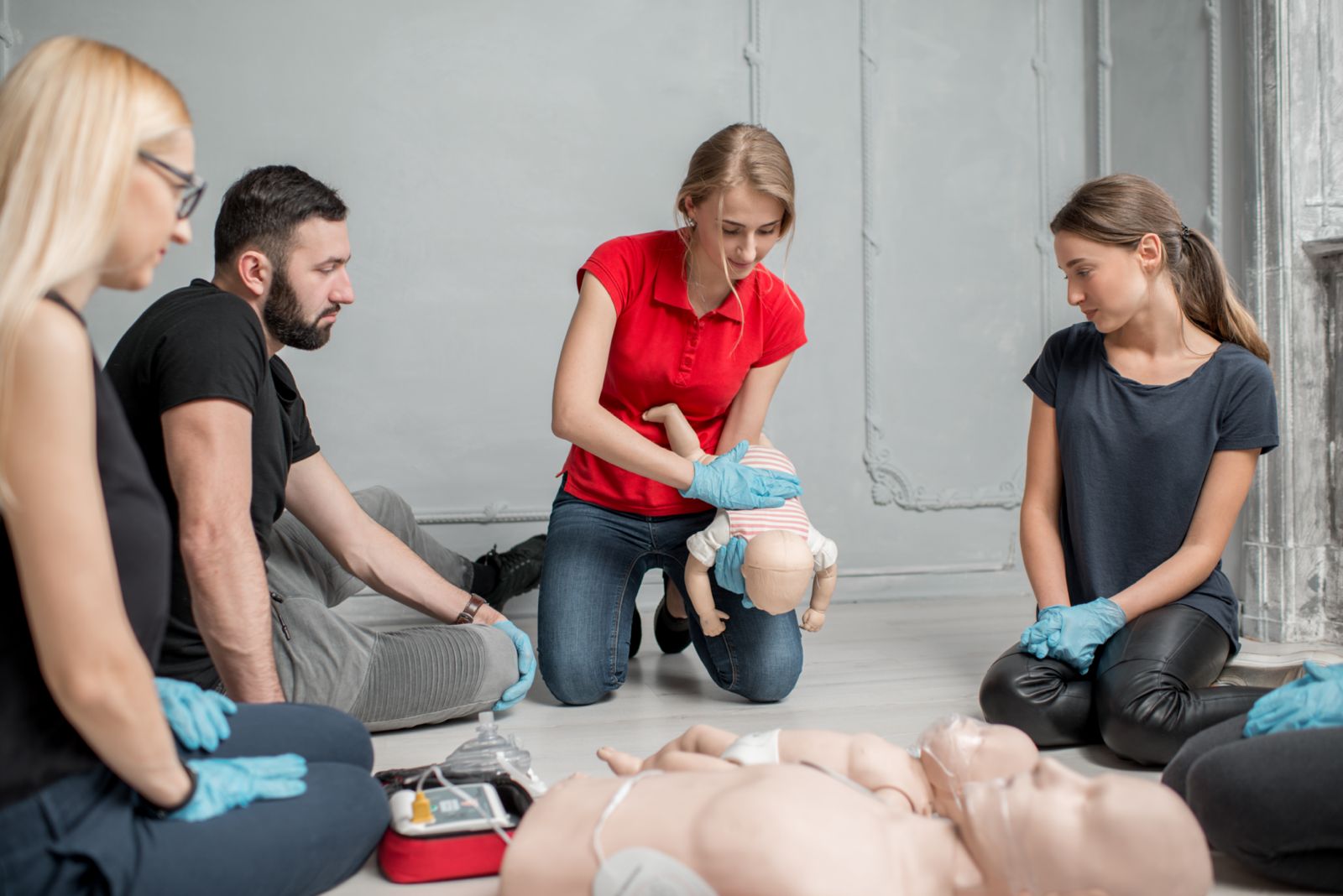
Learn emergency management techniques for illnesses and injuries specifically tailored to children
Great For: Parents, teachers, caregivers, childcare providers and anyone who works with children
Duration: 7 to 8 hours or 8 to 9 hours (Primary/Secondary Care)
It’s important to understand that providing a child with emergency care can be slightly or significantly different to the care required for adults. In the Emergency First Response Care for Children Course, you’ll study both primary care (CPR) and secondary care (first aid) skills specifically designed for use on children between the ages of one and eight and infants less than one year old.
The course will cover the differences between typical emergencies from younger patients to adults, in addition to the emotional aspects of care and easy ways to prevent the most commonly encountered injuries and illnesses.
Furthermore, the course is taught in a non-stressful environment to minimize performance anxiety, allowing participants to maximize their learning potential by practicing and refining skills. This helps to build the confidence and skills required for dealing with a real-world emergency.
The Care for Children course, which is built using guidelines from the Pediatric Working Group of ILCOR, can be broken down into two sections: primary care and secondary care.
The Primary Care Course Content includes:
Scene Assessment, Barrier Use Primary Assessment Cardiopulmonary Resuscitation (CPR) (Child and Infant) Serious Bleeding Management Shock Management Spinal Injury Management Conscious/Unconscious Choking Management (Child and Infant)Recommended Addition: Automated External Defibrillator (AED) Use (Child)
The Secondary Care Course Content includes:
Injury/Illness Assessment Bandaging Techniques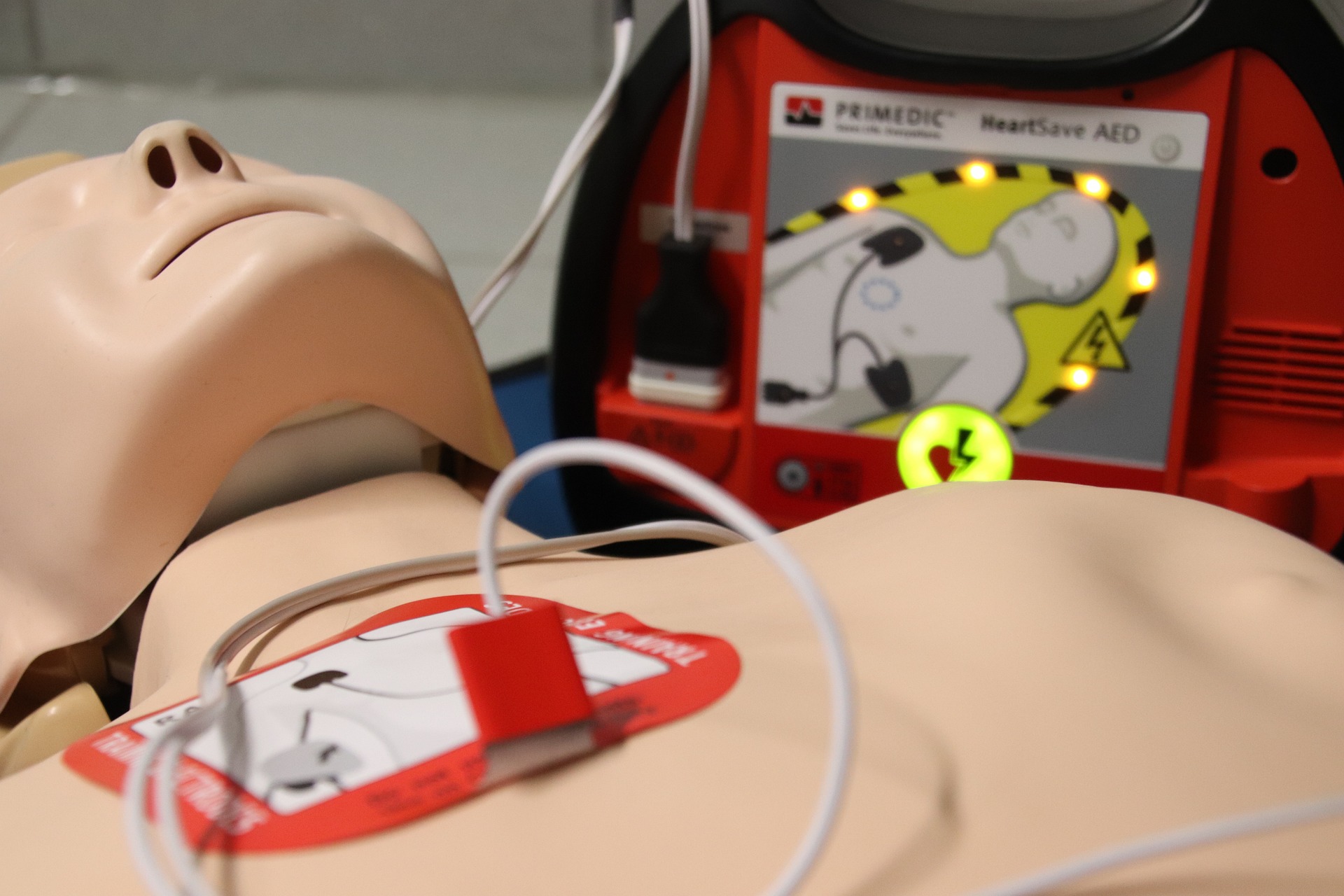
Perform CPR and deploy an AED when required
Great For: General public, annual CPR training or refreshment & CPR certificate-requiring workplaces
Duration: 2.5 to 4 hours (CPR & AED Course) or 2 to 3 hours (AED Course)
If your workplace requires a CPR certification, you only have limited amount of time available or you just want to learn the key skills you are most likely to use in an emergency situation, the Emergency First Response CPR & AED Course may be the right choice. During this course, you’ll learn the basic principles of performing CPR (made up of chest compressions and rescue breaths) alongside how to deploy an Automated External Defibrillation (AED) in an emergency situation.
While less comprehensive than many other EFR courses, there’s no doubt this certification can make the difference in a life-threatening emergency. Like performing CPR, being able to deploy an AED can save a life. Estimates suggest the correct use of this easy-to-understand device can increase the chance of survival for a cardiac arrest patient by around 50%.
During the course, you will build the confidence to become a key link in the chain of survival, bridging the gap between the onset of an emergency and the access to professional medical care.
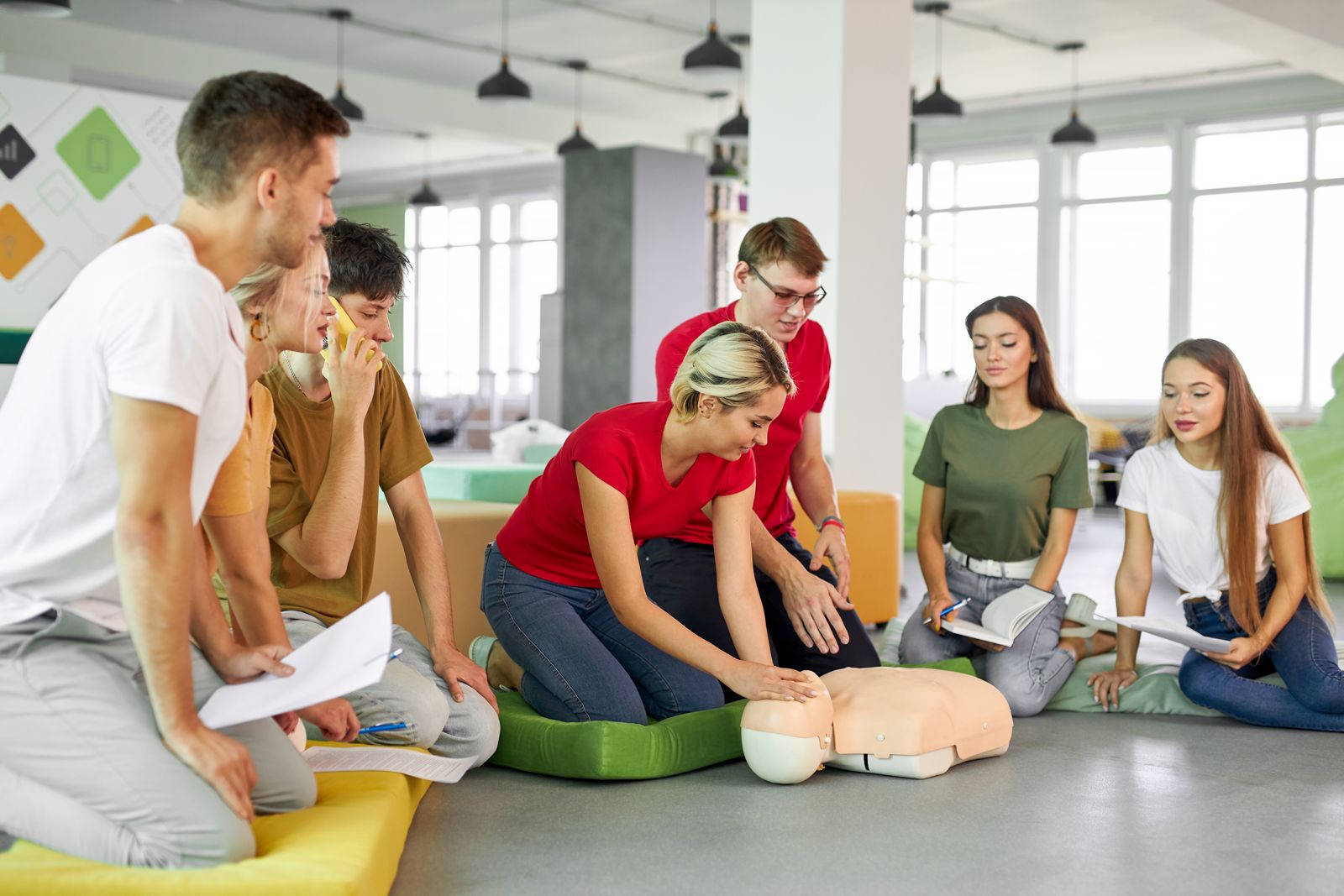
Refresh (or refine) key life-saving skills (and learn AED use)
Great For: Certified first aiders in need of a refresh or update
There is no telling where or when you may have to use your EFR skills. And while you might be called into action the day after you complete your course, there’s also a good chance your skills will go unused for months, if not years. For this reason, it is recommended that you refresh your first aid skills at least every two years. The Emergency First Response Refresher Course is a great way to be proactive about your life-saving abilities. It’s ideal for maintaining, refreshing, updating, reinforcing or simply boosting confidence in your EFR skills.
There are several reasons to refresh your EFR skills. These include:
Keeping your skills sharp Reinforcing what you know Increasing confidence in your abilities Ensuring you’re up to date with modern techniques/technology Having funWhile the majority of the course will go over what you learned previously, it may also teach missing or updated skills, such as AED use, if these were not included in your original training.
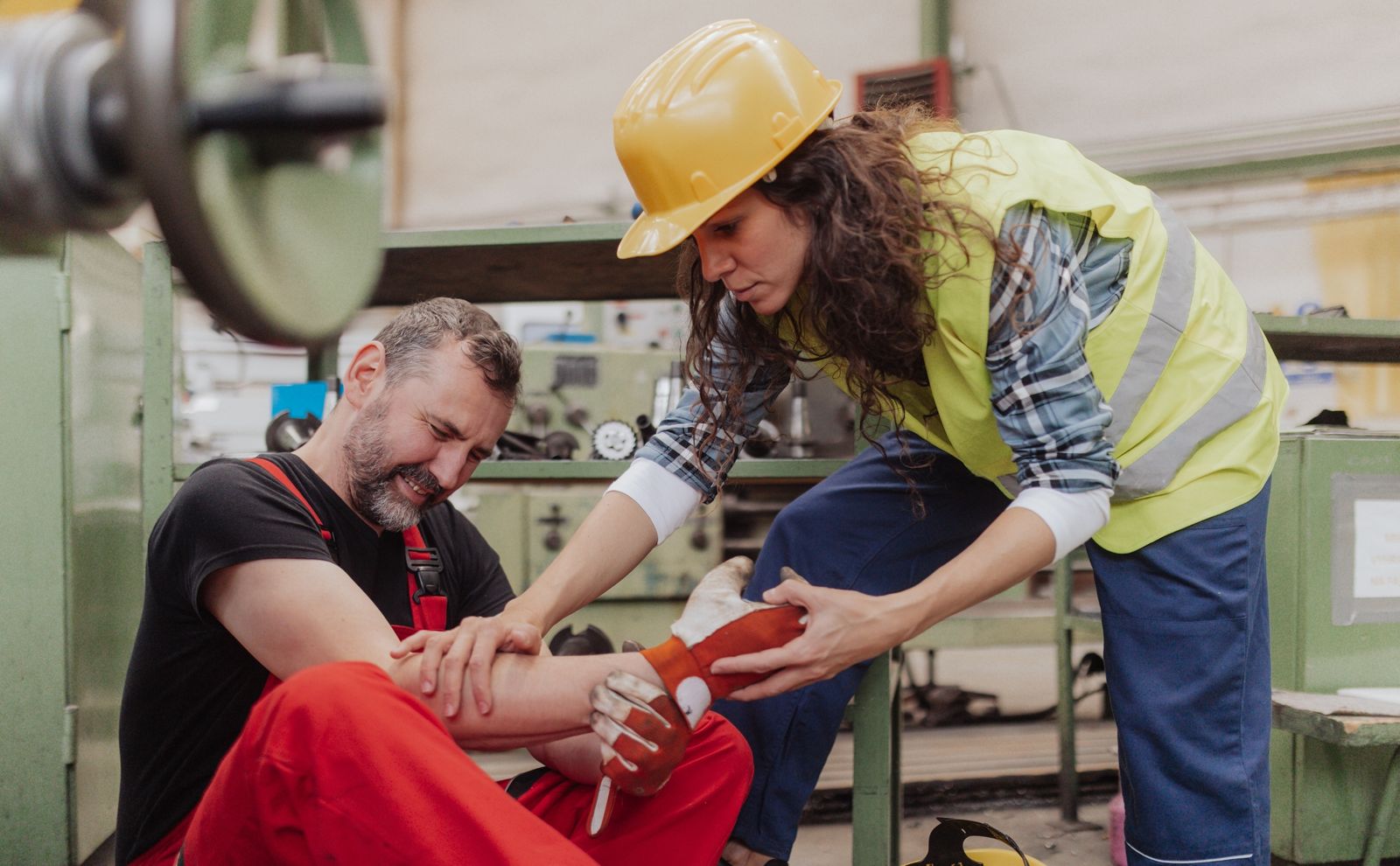
Learn workplace emergency response skills for compliance and to create a safer work environment
Great For: Employees requiring country-specific workplace first aid training
One of the most important places to maintain high safety standards and be ready for an emergency is the workplace. To help make this possible, EFR offers a number of region-specific first aid courses. Each of these comprehensive courses is made up of a curriculum that meets regulatory body requirements for professional environments and covers situation-specific emergencies.
Whether it’s a job requirement or just a better-to-be-prepared type situation, any employee (or participant) who undertakes these courses will learn the skills and knowledge to deal with a wide range of general and workplace-specific emergencies. Through scenario-based training, participants will cover both primary care (including CPR & AED use) and secondary care (first aid) to create a culture of safety and boost employee confidence and preparedness for any emergency.
The Emergency First Response Workplace Courses are available in:
Additionally, for business owners especially, these courses can also be useful if you’re looking to install AED units in the workplace.
Ready to become an integral part of the chain of survival when the situation calls for it? Whether you choose to learn essential life-saving basics or want to specialize in pediatric care, there’s an Emergency First Response course to give you the skills, knowledge and confidence to make a difference.
Start Your EFR Certification Now
Share This
